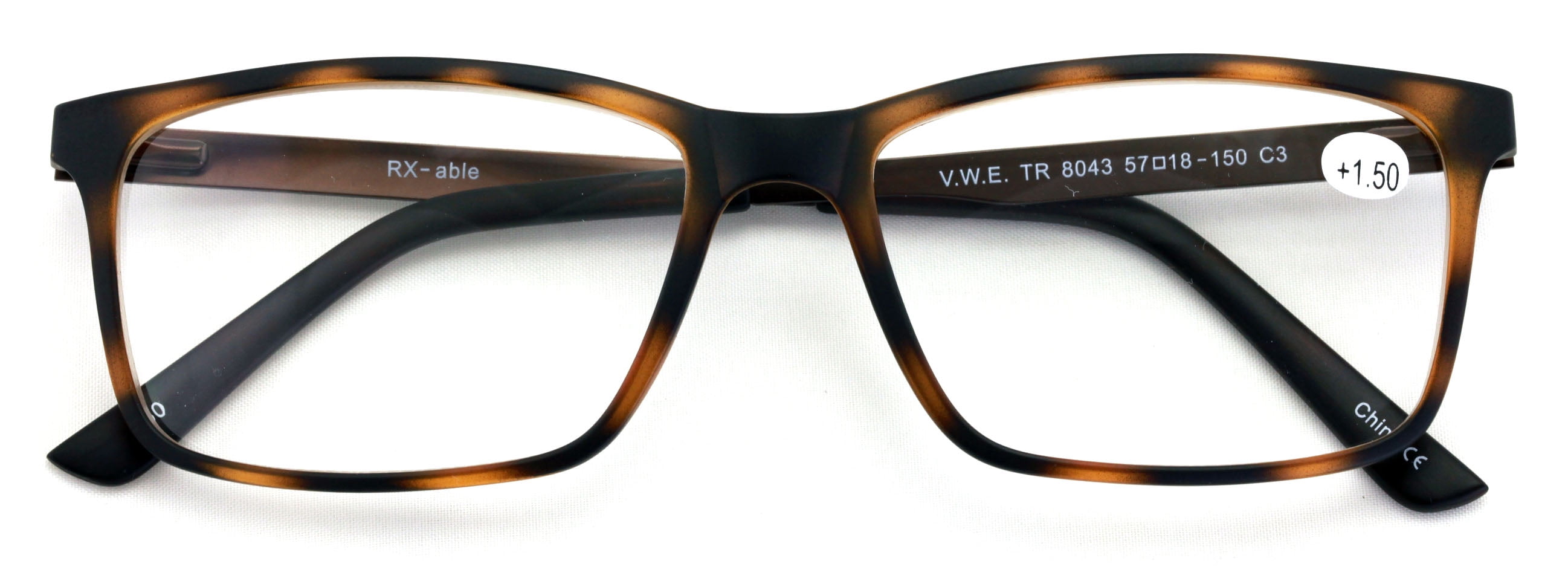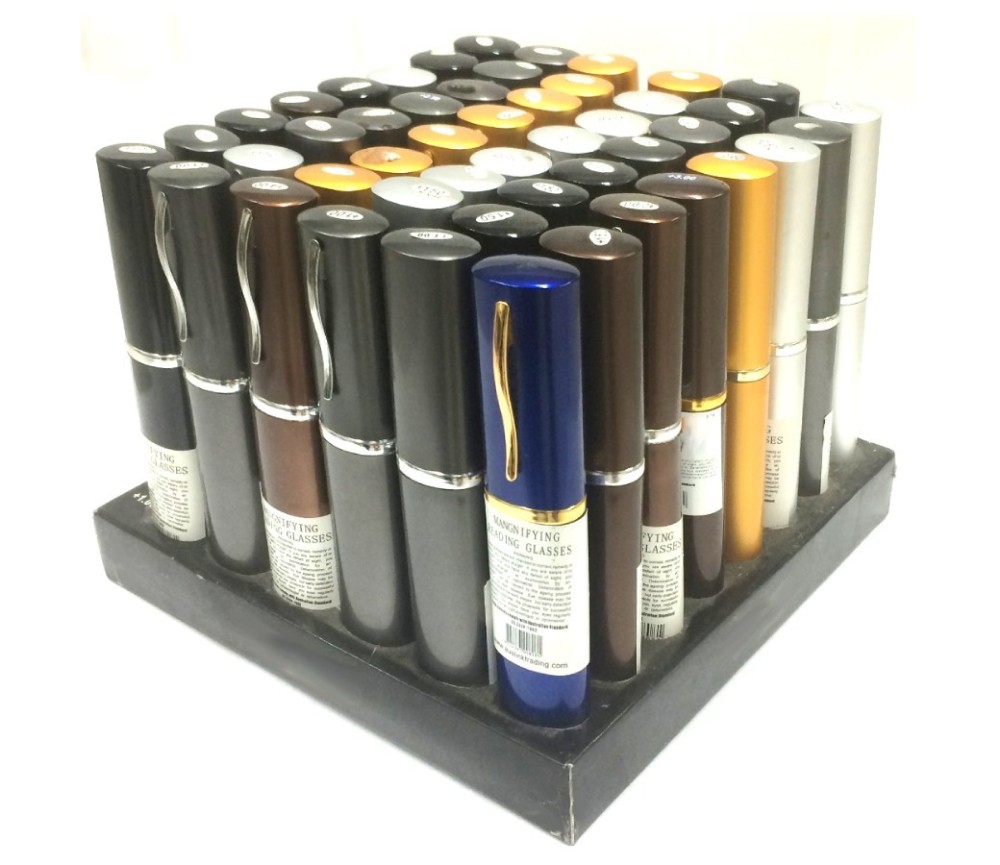

- Man reader metal frame spring temple reading glasses full#
- Man reader metal frame spring temple reading glasses free#
It bridges your nose.įor facial comfort, the bridge of your glasses has two main functions. Sounds simple, but your glasses bridge is exactly that. Far right example is a metal keyhole bridge.

Rivets | Deco rivet | Hidden hinge | Hinge graves | Hinges | Lensesįour types of metal glasses bridges. The lug is then screwed through the lens to create a firm joint. Beyond the hinge is another section of metal called a “lug”, which is usually a bent at an angle of about 96°. Rimless endpieces are actually part of temple instead of the front. Depending on the type of hinge, you’ll often see rivets that pass right through the frame front in order to fasten the hinge. This recess is called a hinge grave where the hinge locates into the frame material surface. Endpieces vary in size and shape, depending on the style of temples on your glasses.įull rim/half rim endpieces usually have recess on their rear-side to accommodate the hinge. This is where the temples locate onto the rear side of the frame front via the hinges. At the edges of the lenses, the temples are also attached via screws through the outer-sides of each lens.īridge | Endpieces | Hinge graves | Hinges | Lenses | Lens groove | Pad bridge | Rivets | SupraĪ tortoise acetate frame front with a double rivet cluster on the endpiece.Īt the outermost edges of your frame front, are the glasses endpieces. Via screws, the bridge joins and secures the lenses together to make the frame front. Rimless frame fronts are joined together via a metal bridge. This means the bottom edges of your lenses are exposed and are secured in place using a thin nylon chord called “Supra.”
Man reader metal frame spring temple reading glasses full#
Half rim frame fronts are the same as full rim but their lower half is missing.

Your lenses are held in place using an angled recess in the frame front called a lens groove. Since then, materials such as cellulose acetate has generally made these older materials obsolete.įull rim frame fronts cover the entire edge of a lens. They can be made from various types of material, predominantly cellulose acetate, metal or high-performance composites such as carbon fibre.īefore plastic came on the scene, (1907,) natural materials such as bone, wood, ivory, horn and real tortoise shell were used to make the frame front and temples of a glasses frame. See style guideĪs you’ll have seen, frame fronts vary in terms of their material, colour shape and size. Your frame front largely dictates the style and aesthetic of your glasses, a considerable factor in how you want to put yourself across. This is the main part of your glasses frame. What are the names of the parts of glasses?Ī tortoise acetate frame front | Full rim | 5 tenon hinges | Keyhole bridge | Dual-cluster tapered rivets
Man reader metal frame spring temple reading glasses free#
Otherwise, feel free to scroll through the anatomy of eyeglass frame parts.įrame front | Endpieces | Bridge | Lenses | Temples | Temple tips | Hinges | Screws | Nose pads | Rivets | Other parts of glasses To quickly find the name, definition or location of a glasses part, you can use the handy link-box below. These main components come in many different forms and materials which have their own specific functions, styles and names. Primarily, there is the frame-front and two protrusions known as temples. Glasses frames comprise of three main parts, containing multiple sub-parts within their construction. So in this article, we’ve put together a list of the main parts of glasses frames and what they’re really called. then there’s makers like us who have our own entire glasses language too. There’s the optometrists who have their own secret code. If you wear them, you'll have heard of SO many different names for the parts of glasses.


 0 kommentar(er)
0 kommentar(er)
